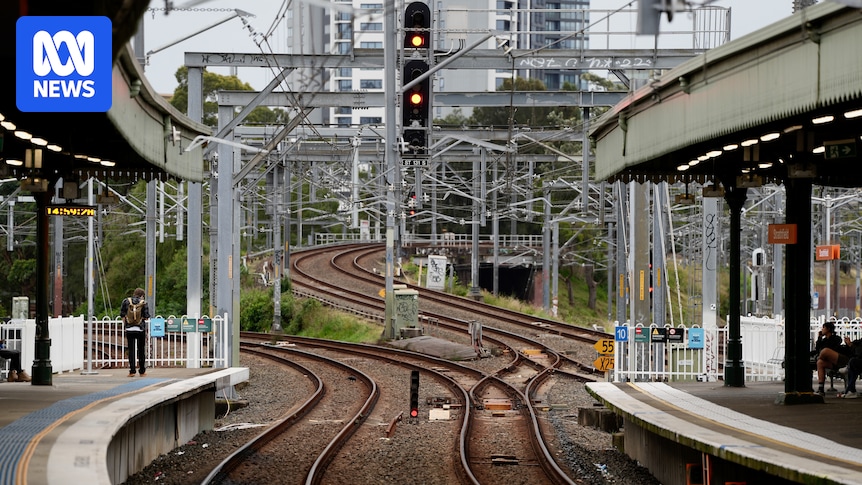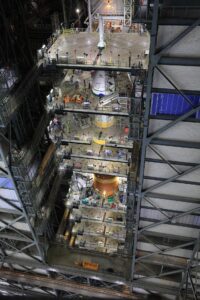
It’s the recurring question every time Sydney’s rail network descends into chaos: can it ever truly be fixed? The recent meltdown across multiple lines in May, when a live electrical cable fell onto a carriage between Strathfield and Homebush, underscored the vulnerability of the network. While a review of the incident is underway, experts suggest a revolutionary solution is unlikely.
For decades, Sydney’s rail chiefs, frustrated commuters, and train enthusiasts have discussed the need to ‘detangle’ the network to prevent a major incident on one line from triggering a domino effect on others. However, according to rail experts like Geoffrey Clifton from Sydney University’s Institute of Transport and Logistic Studies, the cost and disruption of such an overhaul would be prohibitive.
“If we had a magic wand, we would put all of this existing rail network underground, and we would separate them out into separate lines, completely segregated from each other so there was no overlap,” said Dr. Clifton. “It would take tens of billions of dollars, if not more, to fix.”
The Challenge of Revitalizing an Aging Network
Sydney Trains CEO Matt Longland, who took on the role in 2021, acknowledges the complexity of the network, which is over 170 years old. “We’ve got a network that has been built over time; it’s a complex network, and it’s a very busy network,” he said. Critical junctions like Strathfield, Granville, and Redfern see up to six train lines pass through, sharing infrastructure such as power and trackside signals. This means a major problem on one line can spell disaster for others.
Despite the inconvenience caused to commuters, Longland points to several major projects in the pipeline that could eventually make a difference. These include the completion of the Southwest Metro from Sydenham to Bankstown and the Metro West from the CBD to Parramatta, providing alternative routes in case of network incidents.
Embracing Digital Solutions for the Future
Mr. Longland is optimistic about new technology that promises to make the network less problem-prone and help it recover faster. The introduction of digital signalling systems to replace the network’s 3,000 aging trackside traffic lights is a key component of this strategy. The Digital Systems Program will enable train drivers to respond to digital information received within the train cab instead of relying on outdated signalling machines.
“I think the digital transformation of the railway is a huge opportunity,” Mr. Longland said. “It’s not just in signalling; it’s also the way we manage thousands of assets we have across the network with artificial intelligence and remote monitoring.”
While the program has been trialled on parts of the T4 line, the full rollout will take more than a decade. In the interim, Longland emphasizes the need for more pre-emptive maintenance and changes to timetables and train crew operations.
Political and Practical Hurdles
Graham Currie from Monash University’s Public Transport Research Group highlights the political challenges of investing in network resilience. “Politically it is hard to spend money on things that don’t really increase services but do increase resilience,” he said, noting that resilience issues occur infrequently.
Sydney’s train network, nearly two centuries old, faces the challenge of revitalization amidst political and financial constraints. The move towards digital solutions represents a significant step forward, but the journey is long and fraught with obstacles.
A Reality Check for Commuters
Professor Currie offers a reality check for Sydneysiders who frequently complain about their train commutes. “Sydney’s railway is the best railway in Australia in terms of the service provided,” he said. “All your stations have staff; a lot of other railways don’t have that. You’ve got quite high service levels and good frequencies as well as very modern trains.”
As Sydney grapples with its rail network challenges, the focus remains on long-term investments and technological advancements to ensure a more resilient future. The path to a fully modernized system is complex, but the potential benefits are substantial.







